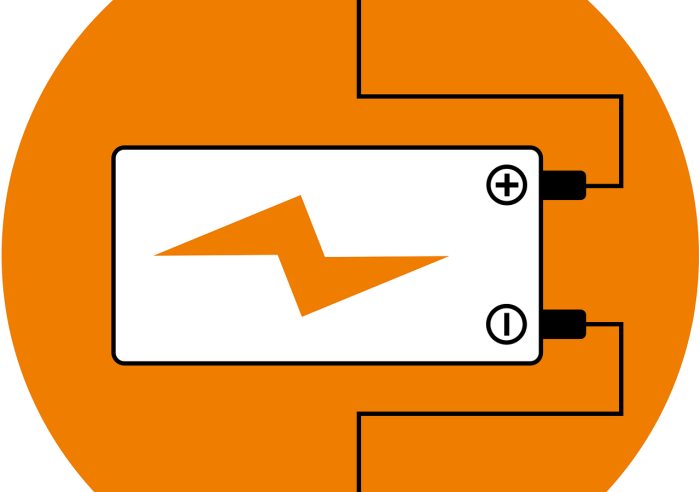
Bunkerless Batteries Victory | Image: Ricinator
Sanity may prevail regarding new home battery system standards in Australia – it seems you won’t need to build a bunker to house energy storage.
Earlier this year, Standards Australia published a draft AS/NZS 5139 standard for home battery systems that incorporated a requirement for certain types of energy storage devices, including lithium-ion batteries, to be installed outside a home and in a separate enclosure.
The requirement would have added substantial cost to acquiring a system and put solar batteries out of reach of many Australians wanting to store electricity generated by their solar power systems.
In August, the Clean Energy Council challenged this in a submission lodged with Standards Australia. The CEC stated there should be no such requirement; assuming a system meets an agreed set of appropriate international product safety standards and is installed by an accredited installer to clear guidelines.
The CEC wasn’t the only party to oppose the requirement. Standards Australia was bombarded with submissions, leading to it pausing development of controversial aspects of the new standard – enclosure included. The body offered to bring key stakeholders together to nut out a framework for addressing the contentious issues.
A roundtable was held last week, which the CEC said reached consensus and Standards Australia has agreed to review the external enclosure requirement.
“The decision to review this requirement is an important one for the future of the Australian consumer storage industry,” said Sandy Atkins, the Clean Energy Council’s Executive General Manager of Installation Integrity.
Mr. Atkins stated Standards Australia has indicated it will shift the primary responsibility for product safety on to the battery manufacturers instead of installers.
“It was great to see that all the stakeholders at the meeting were in agreeance that installation standards for battery storage are vital, and we would like to acknowledge the huge amount of work that the committee has undertaken so far.”
The roundtable agreed to meet again to ensure everyone involved remains on the same page.
Standards Australia has also agreed to consider international battery standards IEC 62619:2017 (consideration has already commenced) and UL 1973 for adoption in Australia.
In a statement released by Standards Australia after the meeting, the body committed to fast-tracking related projects over the next three months.
“The clear path forward set today will see us working hard and working together to get the relevant standards in place as soon as we can,” stated Chief Executive Dr Bronwyn Evans.
Another draft for public comment will be released once the work is complete.

 RSS - Posts
RSS - Posts



Re assuring delopement to bring some reality back to this issue. Never the less I think SA has done a fair amount of damage to its reputation which for an organization like SA surely is a first order priority. At some point when the dust has settled I believe it would be useful for SA or better still some independent body should investigate how they got it so wrong. This may go some way to clear the air of accusations that the committee was hijacked in some way or another.